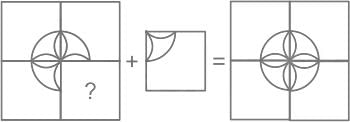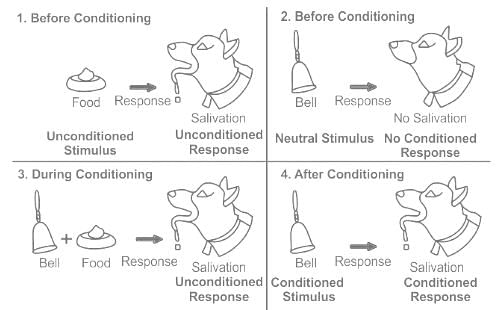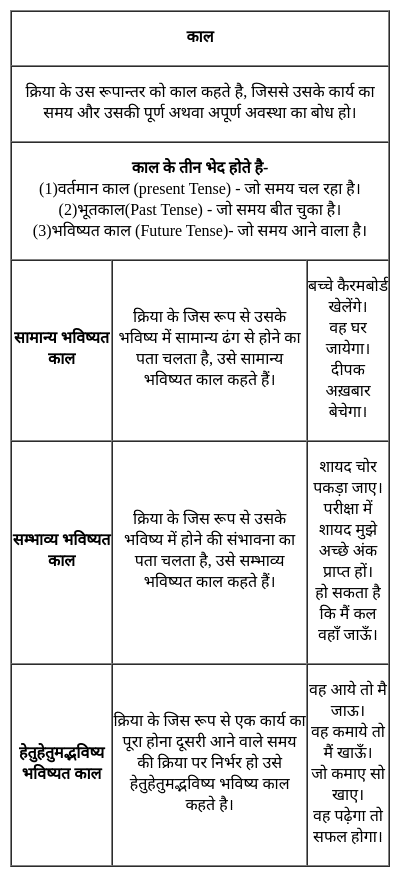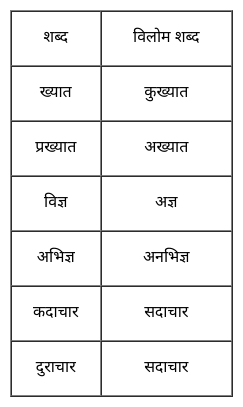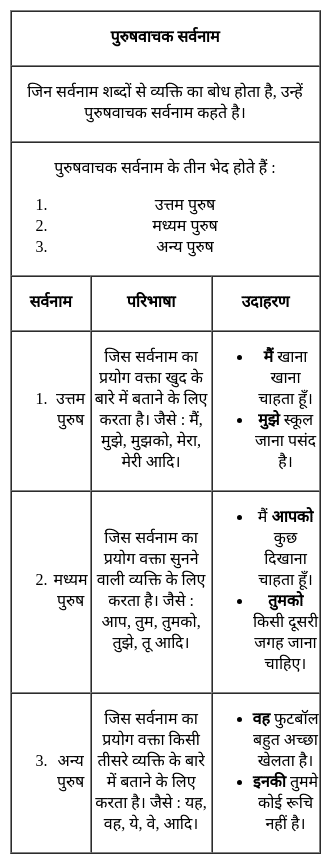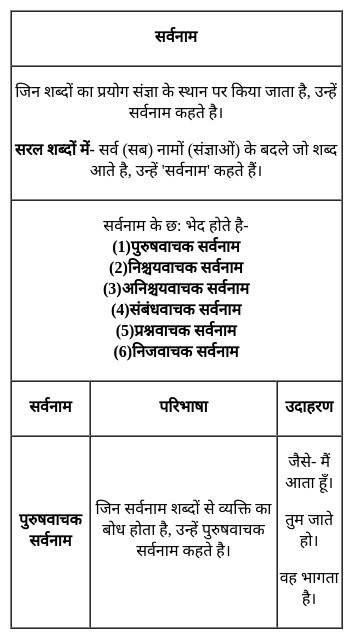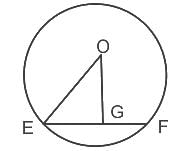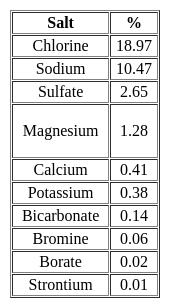KVS PRT Mock Test - 1 - KVS PGT/TGT/PRT MCQ
30 Questions MCQ Test - KVS PRT Mock Test - 1
Direction: Study the following question carefully and choose the right answer.
If REASON is coded as 5 and BELIEVED as 7, then what is the code for GOVERNMENT?
Directions to Solve
In each of the following questions find out the alternative which will replace the question mark.
Question -
Poles : Magnet :: ? : Battery
Which answer figure will complete the pattern in the following question figure?
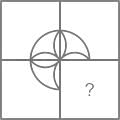
Which combination best describe the principles of development-
(i) The growth pattern follows a genetic sequence.
(ii) Systems and functions of the organism grow at different rate.
(iii) Unfolding abilities and skills are spontaneously expressed.
(iv) The development is continuous.
Children's engagement with learning in schools is influenced by which of the following factors?
(i) Socialisation by the family
(ii) Peer relations
(iii) Cultural values
(iv) Self-esteem of the children
Directions : Each of the following sentences has a blank space and four words are given below it. Select the most appropriate word from the option.
After they _________ lunch, the boys ran outside.
Select the segment of the sentence that contains a grammatical error. If there is no error, mark ‘No error’.
After they had retrieved their luggage, Mr. Samuel instructed a man to carrying it to a white limousine.
Change the given sentence into Past Indefinite Tense.
My mom prefers cold weather.
निम्नलिखित प्रश्न में, चार विकल्पों में से, क्रिया का सही रुप पहचानिये |
स्कूल बस पांच मिनट ______ | (भूतकाल)
The perpendicular from the center O of the circle bisects the chord EF at G. If EF = 30 cm and the radius of the circle is 17 cm, then find the length of the perpendicular OG.



